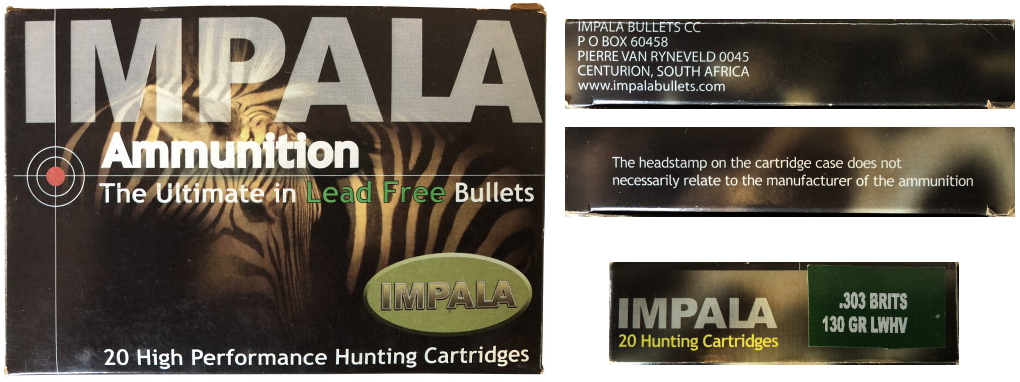Production of 303 ammunition for the commercial market in South Africa started in 1948. A soft-nosed 174 grain bullet was used and first production utilised surplus cases from the War, as there were still substantial stocks of U 45 cases left. No sporting cases dated 1946 are known. The fire at the Grand magazine in late 1945 severely impacted production facilities, and with the end of the War, production only continued in limited numbers. Sporting loads dated 1947 are known, albeit only in limited numbers. During the latter part of 1948 cases were first issued with an 8 stamped on the case. This was changed to a full 48 date until existing stocks were depleted, and for the latter part of 1948, a dedicated U 48 dated case was used.

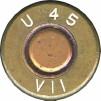
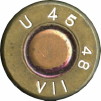
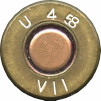
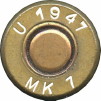
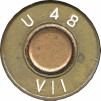
In 1949 the dated headstamps on commercial ammunition were abandoned and replaced by the U (Union of South Africa). This headstamp style, together with the special High Velocity headstamp was discontinued in 1961, the year South Africa gained its independence.
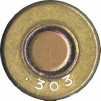
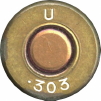
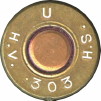
From 1961 onwards, the standard SAM (SA Mint) headstamp was used, which were the same as the military versions. The High Velocity headstamp was the only one during this period that was dedicated to the commercial market. The SAM headstamp was phased out late in 1964 when the Ammunition Branch of the SA Mint was placed under the control of the Armaments Board and the name changed to PMP.
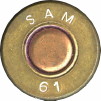
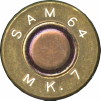
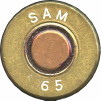
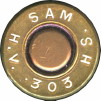
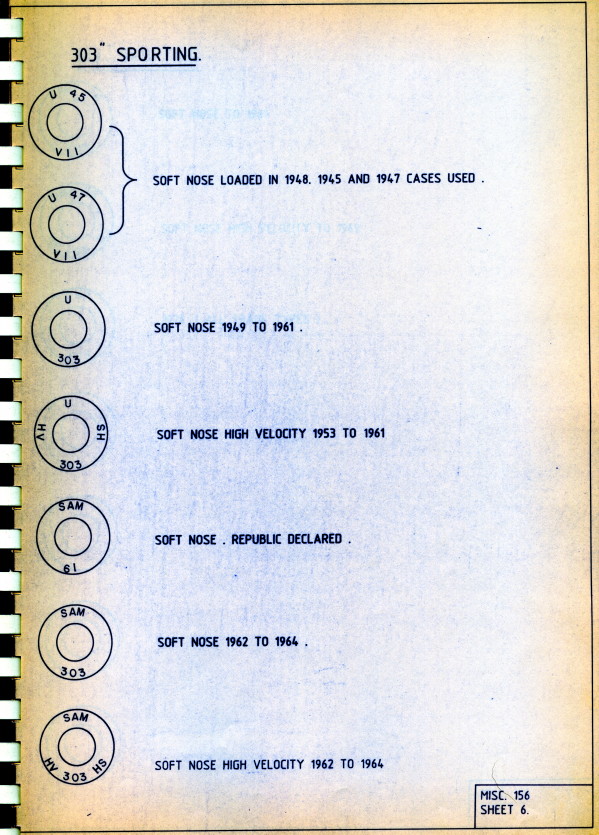
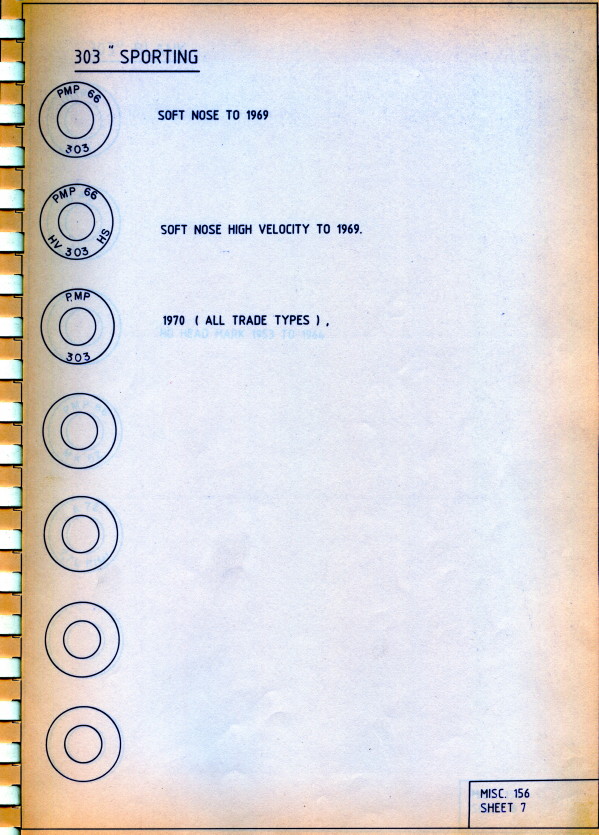
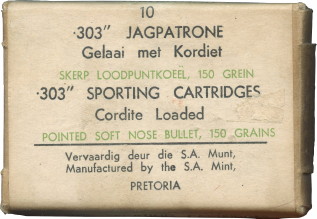
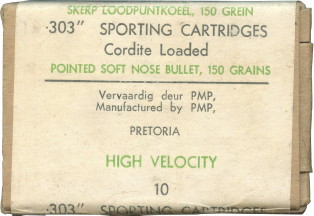
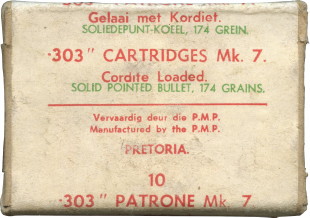
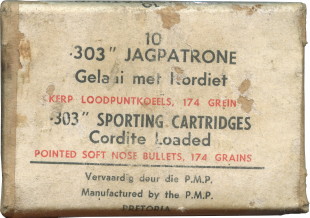
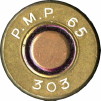
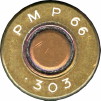
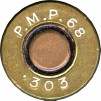
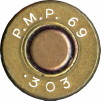
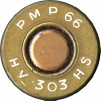
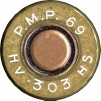
The PMP dated headstamps for the commercial market were introduced in 1965 and remained until 1969. To date, no 1967 date have been observed. As can be seen the High Velocity loading continued, although only the 1966 and 1969 dates are known.
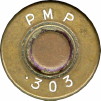
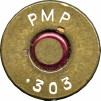
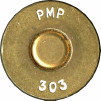
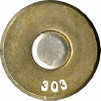
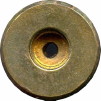
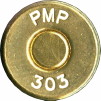
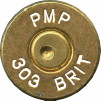
Although PMP dated headstamps with GM jacketed bullets were loaded until 1972, the commercial format was changed in 1970 to reflect only the manufacturer (PMP) and the calibre. Shown here is the evolution of the headstamp from 1970 to present. The case with no headstamp was PMP manufactured that could be used for proprietary headstamped loads, like GRC or Ken Stewart as can be seen below.
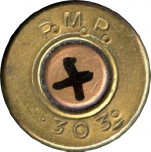 As discussed in the section on military loads, there have been specimens examined with distinctive punch marks on the headstamp. These might have been to test the bunter strike as some have indistinct parts that worn or broken bunters.
As discussed in the section on military loads, there have been specimens examined with distinctive punch marks on the headstamp. These might have been to test the bunter strike as some have indistinct parts that worn or broken bunters.
BISLEY
Ammunition loaded for Bisley in South Africa had a green primer annulus. The first specimen with U 57 case was from a box specifically marked for Bisley. There are however no other distinguishing features and these loads are impossible to identify once removed from the box.
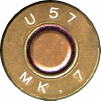
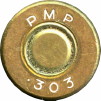
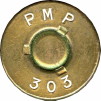
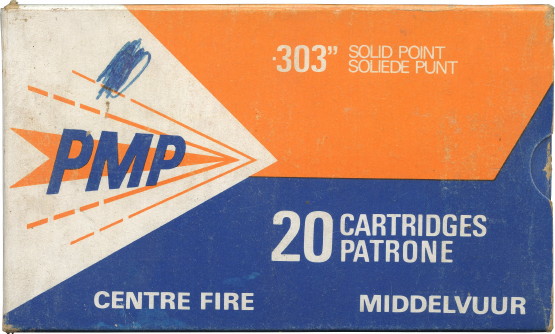
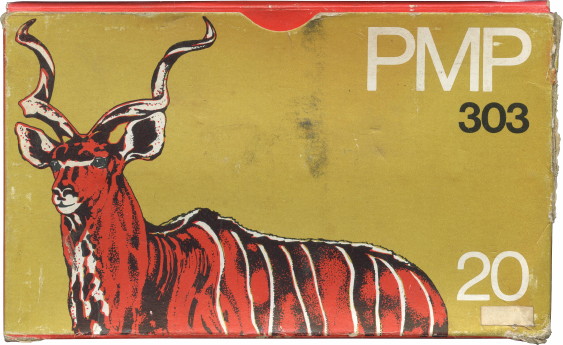
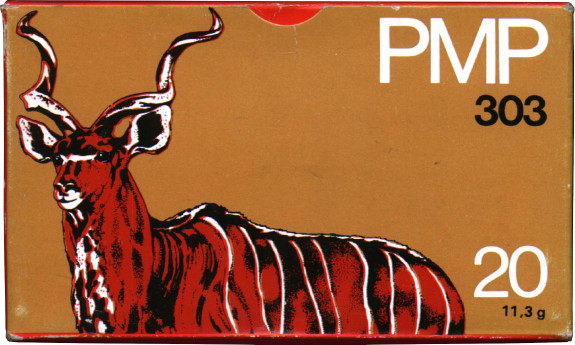
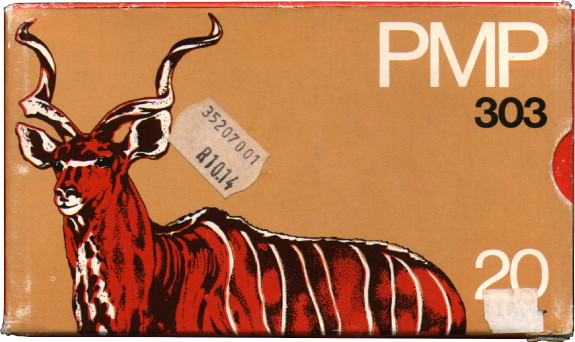
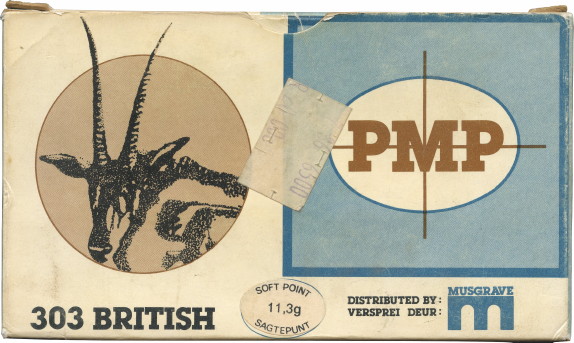
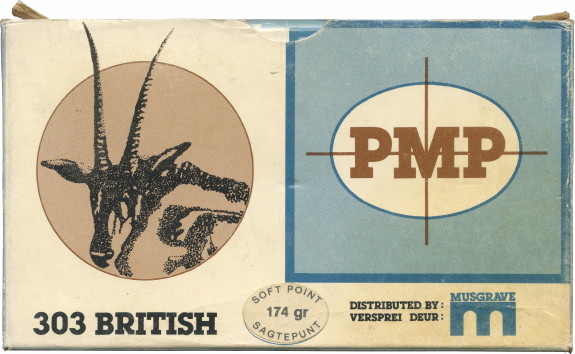
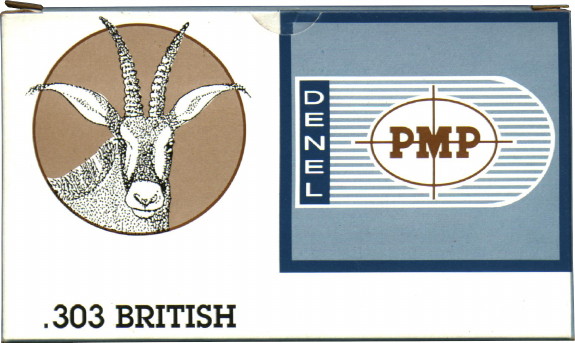
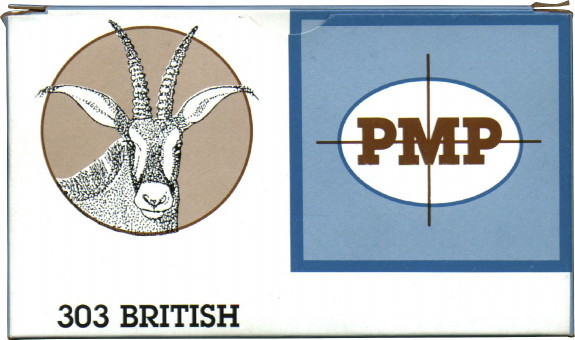
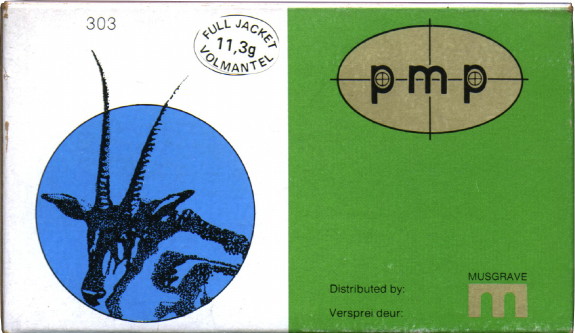
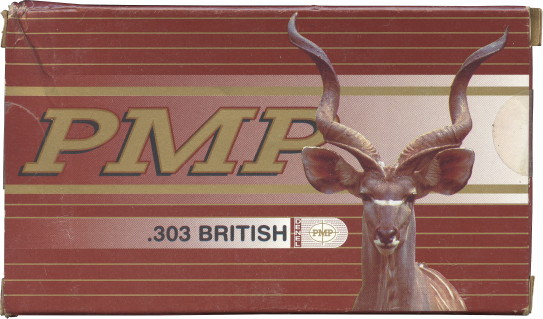
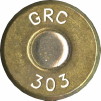


NGA manufactured for Gold Reef City Arms and Outdoor, a large retail dealer.
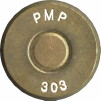

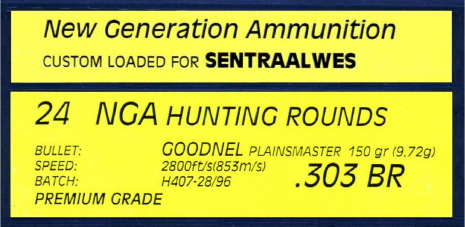
NGA manufactured for Sentraalwes (West Central Co-op), an Agri business company in South Africa that featured an arms and ammunition section. Apart from PMP brass, it would have been loaded with whatever cases were available.
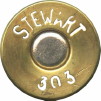
 Ken Stewart loads on PMP cases
Ken Stewart loads on PMP cases
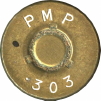
 Impala loading with 130gr. LWHV (Light Weight High Velocity) bullet. As with the NGA manufactured loads shown above, other cases apart from PMP were used, based on availability.
Impala loading with 130gr. LWHV (Light Weight High Velocity) bullet. As with the NGA manufactured loads shown above, other cases apart from PMP were used, based on availability.
